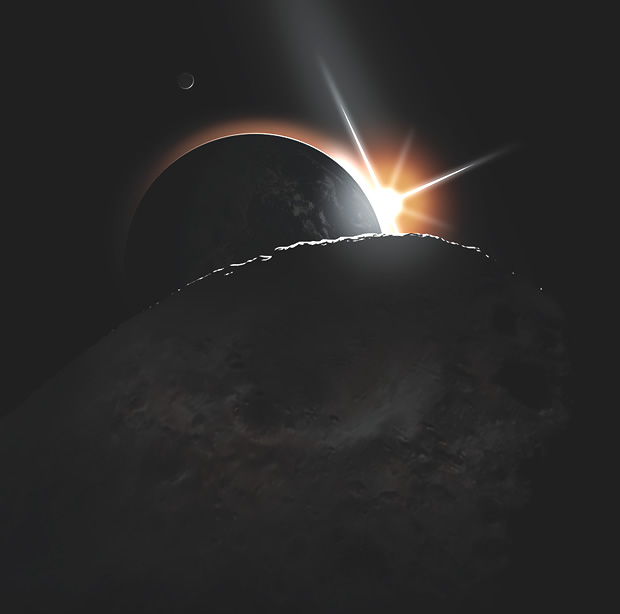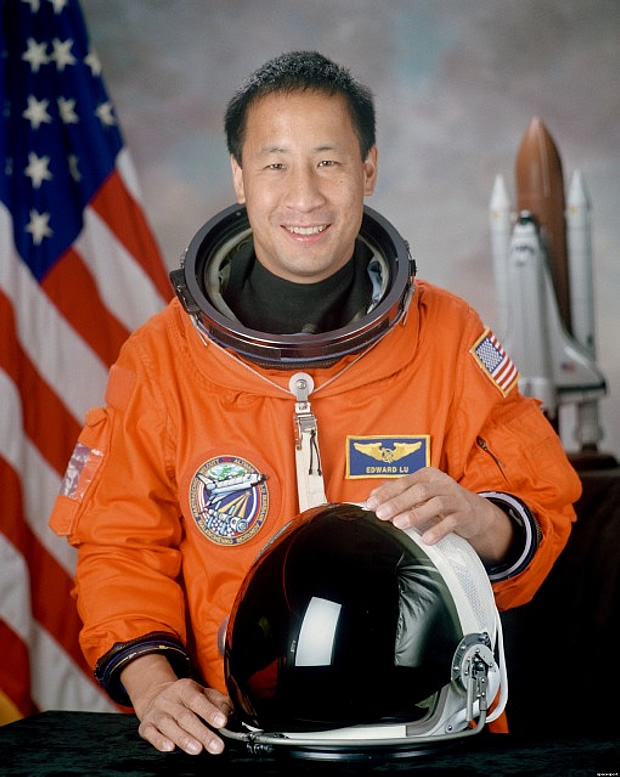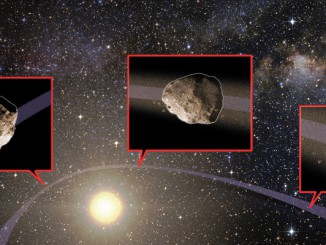
Although NASA have accomplished their goal of finding more than 90 percent of all the near-Earth asteroids larger than a kilometre across, there are still many more smaller asteroids unaccounted for. They may not be the kind of asteroid that would cause enough damage to drastically set back civilisation should they collide with Earth, but they could certainly wipe out a large chunk of a city if they hit.
Whereas the larger asteroids are easier to detect but rarely collide with Earth, the smaller asteroids are more difficult to detect and they hit a lot more often. “We’ve seen events like [the Chelyabinsk meteor] over Tunguska in 1908, South America in 1930 and Revelstoke in 1968,” says Jay Tate of the Spaceguard Centre in North Wales. “These are quite common events, but what is uncommon are these events happening over populated areas.”
Their frequency makes it essential that we do more to find them – Chelyabinsk was just a warning. Current, all-purpose astronomical surveys occasionally pick up new asteroids, while those designed specifically to search for near-Earth asteroids, such as Pan-STARRS (Panoramic Survey Telescope and Rapid Response System), are designed with deep vision but narrow fields of view to detect potentially hazardous but more distant asteroids – for example those on the other side of Earth’s position in its orbit. They’re simply not set-up to find the smaller ones that are shadowing our planet and come hurtling at us from the darkness.

Another project, albeit one with the limitation of being Earth-bound, unlike Sentinel, is the Asteroid Terrestrial-impact Last Alert System Project, or ATLAS. Constructed by astronomers from the University of Hawaii, it will come online by early 2016 and will look for objects as faint as magnitude +20 that come very close to Earth. Although it will not provide enough warning to deflect an incoming asteroid, it would give sufficient time to evacuate an impact site if necessary. Feasibility simulations suggest that ATLAS has a better than 30 percent chance of seeing a 50-metre asteroid that would impact with the energy of several megatons, and a better than 40 percent chance of spotting a 140-metre, 100 megaton impactor, just a few weeks prior to collision. Plans are also afoot to replicate the ATLAS system in the Southern Hemisphere.
Relatively speaking, ATLAS is a bargain compared to other astronomical observatories, funded as it is from a $5 million grant from NASA’s Near Earth Object Observations Programme. It will use an array of up to eight medium- to large-sized amateur telescopes, each 250–500mm in aperture and armed with sensitive, 100 megapixel CCD imaging devices, supplemented by software capable of automatically sifting through 500MB of data per minute, in real-time. Any possible asteroid detections will then be submitted with haste to the Minor Planet Center for follow-up. Given the nature of the equipment, Tonry thinks that a lot more people can have a go too.
“ATLAS units are hardly out of reach of a determined amateur, a high school or college, or a philanthropist,” he says. “I really intend that a fully equipped ATLAS observatory should cost no more than $1 million. That sounds like a lot of money, but compared with what groups of amateurs already spend, what institutions pay to put domes on the roof of their Science Building, and certainly compared to what philanthropists spend, it’s achievable.”
So, the $64,000 question: had ATLAS been up and running in February 2013, would it have spotted the Chelyabinsk asteroid in advance?
“We lose the $64,000 question!” confesses Tonry. “Chelyabinsk had one limitation: it came right out of [the direction of] the Sun. ATLAS would have not seen it. However, if you look at 100 random impacts from clones of the Chelyabinsk asteroid, a single ATLAS unit in Hawaii would spot 10–20 of them in time, and a network of six ATLAS sites with diversity in latitude and longitude would spot 60–70 of them in time.”
With the second anniversary of the Chelyabinsk explosion, and events gearing up around the world for Asteroid Day on 30th June, which is a global movement to raise awareness of the danger posed by rogue asteroids, impacts on Earth are once again in the spotlight. Now that we are beginning to wise up to the threat from asteroids, projects such as Sentinel and ATLAS are going to ensure that hazardous asteroids will begin to run out of places to hide.
“Sometime in the next decade, the Sentinel mission is likely to discover an asteroid on course to hit Earth,” says Lu. “While that asteroid will probably be only about the size of the asteroid that hit Chelyabinsk, that means that we may soon witness the first mission to deflect an asteroid to protect our planet. It is hard to believe that science and technology have advanced to this point. We live in truly amazing times.”
Background story: The day it rained fire over Chelyabinsk



